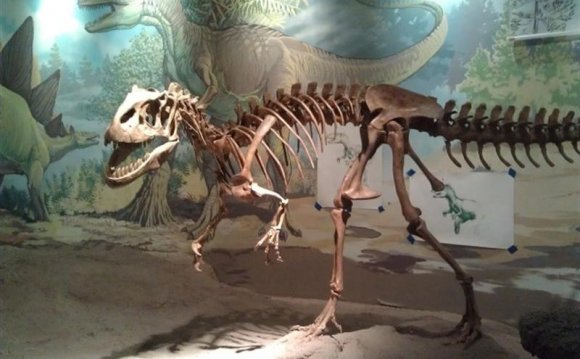
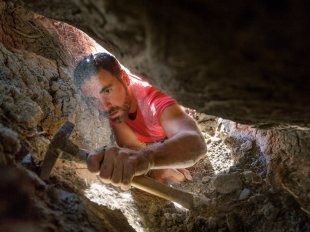
Around 75 million years back, Utah was a part of a tropical where you live now known as Laramidia. It had been hot and swampy—and dinosaurs ruled.
By Peter Burns
Photograph by Cory Richards
The Burns siblings looked a lot more like prospectors than paleobotanists. Their beards were caked with grime goggles stored their eyes from being sandblasted through the desert winds. Both were large males, greater than six ft three, as well as on a knife-edged ridge in southern Utah they moved using the quiet confidence of outdoorsmen. As Ian thrown a pickax in to the mudstone, Dane tried to roll a cigarette between gusts. Loose tobacco travelled in the paper. “Doggone it, ” he stated, and attempted again.
Together with Scott Sampson, chief curator in the Colorado Museum of Character &lifier Science, and Joe Sertich, the museum’s dinosaur paleontologist, the siblings were recruiting for fossils last spring within the Grand Staircase–Escalante National Monument. Within that largely roadless backwoods these were exploring an especially remote area, a maze of steep bluffs and gullies north of Equine Mountain. As the relaxation of the team would be a couple of miles away, working fossil quarries discovered in the past years, Sampson, Sertich, and also the Millers were searching for brand new ones. After several weeks of office duty in the museum Sampson could barely contain his pleasure at being “where no paleontologist has have you been before”—with the possibilities of finding new treasure in the “lost continent” of Laramidia.
The layer of mudstone the Millers were hacking into have been deposited around the new england of this slender where you live now, which once extended 4Thousand miles in the Arctic Sea towards the Gulf. Laramidia was produced 90 million years back, throughout the late Cretaceous period, when rising seas flooded the center of The United States and split it in 2. Today Laramidia is hidden underneath the western states it may be utilized only in eroded badlands such as these, where rain and wind have introduced its fossil-wealthy deposits within achieve of picks and spades.
FORGOTTEN WORLD
A shallow ocean divided The United States about 77 million years back, throughout the late Cretaceous period, when Earth was much warmer than today. Lately discovered fossils from Laramidia, because the western where you live now is known as, claim that evolution was at high gear there: New types of dinosaurs along with other creatures were emerging within the south which were dissimilar to individuals up north.
Dinosaur fossil site
Ryan Morris, NGM Staff
Source: Ron Blakey, Colorado Plateau Geosystems
Since 2000 Sampson had assisted lead expeditions in to the wilds of Laramidia. The scientists and also the impetus originated from natural History Museum of Utah and also the U.S. Bureau of Land Management along with the Colorado Museum. Working mainly within the Kaiparowits formation, a couple, 600-feet-thick deposit dating from 77 million to 75 million years back, they’d discovered fossils of 1000's of plants and creatures, from conifer cones to crocodiles, turtles, and dinosaurs—especially dinosaurs. Throughout the 20 million years approximately it been around, Laramidia appears to possess been a runaway dinosaur factory, turning out small and big dinosaurs inside a surprising diversity of species. Determining why and how that happened, the scientists stated, could inform us something fundamental concerning the interplay between ecology and evolution.
“This place is full of bones, ” Sampson stated, as his boots done situps up an incline not not even close to in which the Burns siblings were working. “I’ve got bits of a turtle rising this hill, however i have no clue in which the relaxation of the factor is.” He acquired a little beige object and licked it to find out if it had been porous bone or boring rock. “If it’s bone, it'll stay with your tongue, ” he stated. “If it’s rock, it will not.Inches That one stuck.
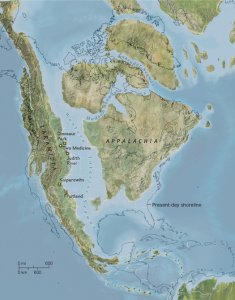 Fossil hunting happens to be stubbornly low-tech. If this involves fieldwork, very little has transformed because the great “bone rush” from the 1800s, when breakthroughs within the Wild West sparked a furious campaign to obtain fossils from the ground and in to the great halls of New England museums. As the U.S. Military was chasing after Sitting Bull over the northern flatlands, groups of students, wranglers, and ruffians were tugging giant leg bones in the badlands, carrying exactly the same picks, spades, and plaster utilized by paleontologists today.
Fossil hunting happens to be stubbornly low-tech. If this involves fieldwork, very little has transformed because the great “bone rush” from the 1800s, when breakthroughs within the Wild West sparked a furious campaign to obtain fossils from the ground and in to the great halls of New England museums. As the U.S. Military was chasing after Sitting Bull over the northern flatlands, groups of students, wranglers, and ruffians were tugging giant leg bones in the badlands, carrying exactly the same picks, spades, and plaster utilized by paleontologists today.
“We make use of the same techniques simply because they work, ” stated Ian Burns, who heads the department of earth sciences in the Colorado Museum. His preferred tool: a six-pound pickax having a hickory handle. “A great one is challenging nowadays, ” he stated. “But it normally won't break.”
Among the first large breakthroughs within the Kaiparowits arrived 2002, whenever a area volunteer named Duncan Everhart spotted a jawbone in the earth. As scientists later discovered, it had been connected to the hefty upside-lower skull of the 30-feet-lengthy hadrosaur, or duck-charged dinosaur. Its jaws were packed with as much as 800 teeth, which makes it the “Cuisinart from the Cretaceous, ” based on Sampson. The snout were built with a pronounced crest that placed your pet within the genus Gryposaurus (hooked-nose lizard), first referred to a hundred years ago from individuals at what's now Dinosaur Provincial Park in Alberta. This Utah giant, though, was clearly not the same as its Canadian cousins. It looked “pumped up, ” Sampson stated, switching metaphors, “like the Arnold Schwarzenegger of duck-charged dinosaurs.” He and Terry Gates, a College of Utah graduate student, named the brand new species G. monumentensis, following the site where it absolutely was found.
That very same year Mike Getty, the chief preparator in the Colorado Museum, discovered another novel creature here, a seven-feet-tall dinosaur. This meat-eating, two-footed, and perhaps feathered animal grew to become Hagryphus giganteus, or giant birdlike god from the western desert.
More species adopted: dome-headed dinosaurs, armored dinosaurs, a cousin of Tyrannosaurus rex, sickle-clawed relatives of Velociraptor (the fast predator made famous through the movie Jurassic Park), and many new horned dinosaurs, each more extravagant searching compared to last. Think about the brute that Sampson and co-workers named Kosmoceratops richardsoni this year: A rhino-size relative of Triceratops, it were built with a record-breaking 15 horns on its mind.
Individuals associated with many of these creatures have been available at late Cretaceous sites in Alberta, Montana, and Wyoming, locations that in those days had been along Laramidia’s new england. However the Utah dinosaurs were different.
“Almost every animal would be a new species, ” Sampson stated. Also it wasn’t only the dinosaurs, but the animals, fishes, lizards, turtles, and crocodiles. “The whole fauna, it appeared, was a new comer to science.”
RELATED VIDEO

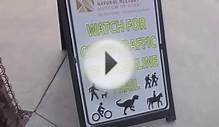
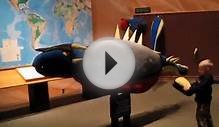

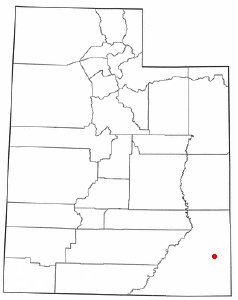 Blanding is a city in San Juan County, Utah, United States. The population was 3,162 at the 2000 census, making it the most populated city in San Juan County. It was settled in the late 19th century by Mormon settlers, predominantly from the famed Hole-In-The-Rock...
Blanding is a city in San Juan County, Utah, United States. The population was 3,162 at the 2000 census, making it the most populated city in San Juan County. It was settled in the late 19th century by Mormon settlers, predominantly from the famed Hole-In-The-Rock...
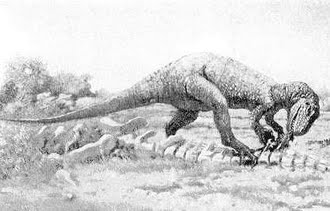 Charles Robert Knight (October 21, 1874 in Brooklyn – April 15, 1953 in Manhattan) was an American artist best known for his influential paintings of dinosaurs and other prehistoric animals. His works have been reproduced in many books and are currently on display...
Charles Robert Knight (October 21, 1874 in Brooklyn – April 15, 1953 in Manhattan) was an American artist best known for his influential paintings of dinosaurs and other prehistoric animals. His works have been reproduced in many books and are currently on display...







